Guide to garden design trends 2020
Top 5 garden design Trends
What are the important garden design trends you should know about if you are you planning to invest in a new garden design in 2020? There are a number of magazine and on-line articles written each year on garden design trends, so we have done the work for you by creating this guide to garden design trends 2020. We have compiled what we consider to be the most likely trends – based on our client projects and a review of coverage by The Society of Garden Designers, Gardens Illustrated, The English Garden, the RHS, Ideal Home and House Beautiful.
As designers we are always on the hunt for new sources of inspiration – whether that be from extended web surfing trips or interesting things we see whilst walking down the street. We also like to keep our ears (or should that be eyes!) to the ground for emerging ideas and trends in the world of garden design, so here are our top predictions and garden design ideas that we think will be gaining momentum in 2020.
1 – Shabby Chic in the garden
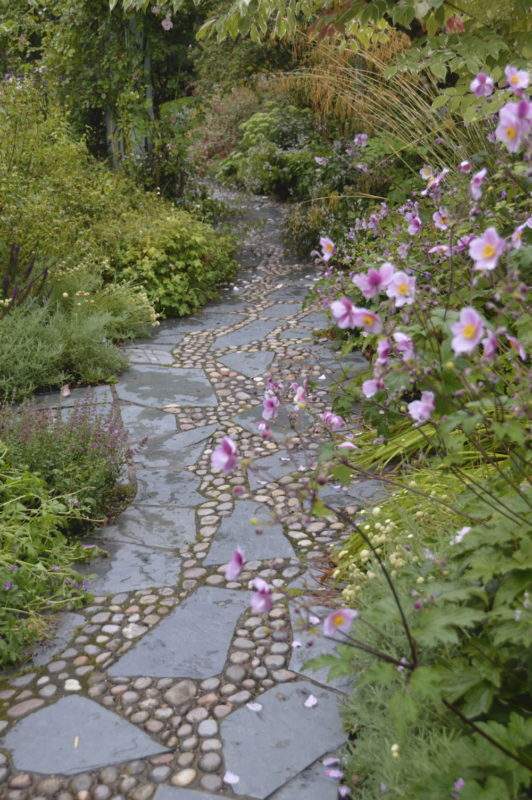 The first garden design trend that we see is gardens being created to be less ‘manicured’ and a greater use of recycled materials. As environmental awareness grows, more of our clients are asking about the sustainability and sourcing of materials. Some designers are seeing a trend towards recycled or repurposed items. Creating a sculpture or focal point from an item that comes from a salvage yard adds a quirky element to a garden design and has a lower carbon footprint than something that has to be manufactured.
The first garden design trend that we see is gardens being created to be less ‘manicured’ and a greater use of recycled materials. As environmental awareness grows, more of our clients are asking about the sustainability and sourcing of materials. Some designers are seeing a trend towards recycled or repurposed items. Creating a sculpture or focal point from an item that comes from a salvage yard adds a quirky element to a garden design and has a lower carbon footprint than something that has to be manufactured.
From a more aesthetic point of view there is a trend away from modern geometric layouts and pale, smooth and uniform paving towards more curvilinear and assymetric layouts and materials that have more pattern, texture and contrast such as ceramic tiles, cobbles (setts) and riven stone. We have seen an increased interest in the Japanese concept of wabi-sabi, which encourages us to embrace imperfections, asymmetry and incompleteness. More garden designs are being created where the boundary between hard and soft landscaping becomes blurred – strips of paving material ‘bleeding’ into the planting beds, planting pockets within paving, and less clearly defined lines. Crazy paving is also making a comeback, although with a preference for larger slabs than their 1970’s predessessors.
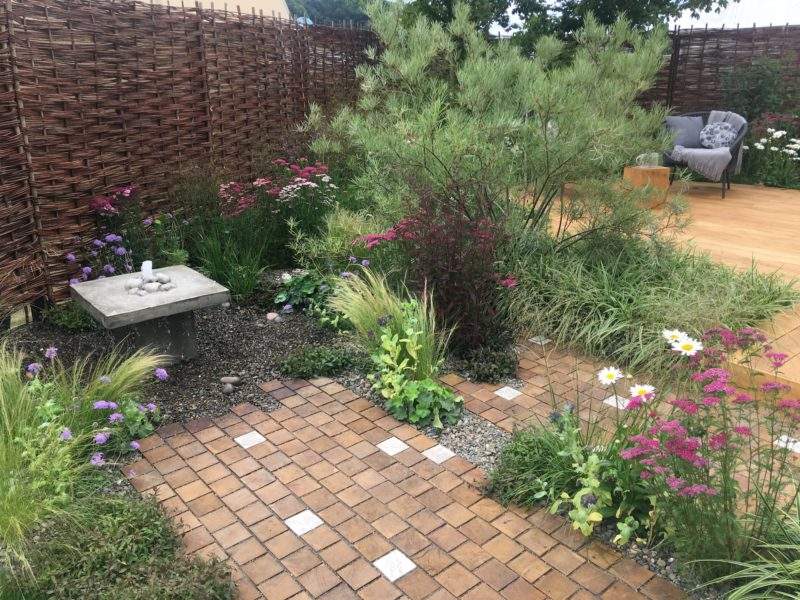
2 – Gardens for wildlife
As environmental awareness has grown, so has the desire to protect our biodiversity and we see more clients asking for at least a section of their garden to be devoted to encouraging wildlife – whether through the introduction of water, bug hotels or more wildlife friendly planting. Wildflower meadows are becoming more popular and easier to create from ready-made turf. However, the soil is often rather too fertile for these to work well, so we tend to concentrate on naturalistic, but still ornamental planting schemes, that include pollinator friendly plants. More people are being persuaded not to cut everything back in the autumn, and instead to leave the seed heads of perennial flowers and grasses until the following spring. These seed heads create architectural forms throughout the winter months at the same time as providing food for birds.
We are also seeing a trend towards planting hedges rather than rely on traditional fencing which also provide a sanctuary for wildlife.
Finally, despite some recent summer dry spells and predictions of hotter and dryer summers, we are seeing a move away from installing complex irrigation systems towards use of drought tolerant plants and schemes that adopt the ‘right plant right place’ philosophy.
3 – Gardens for Health and Wellbeing
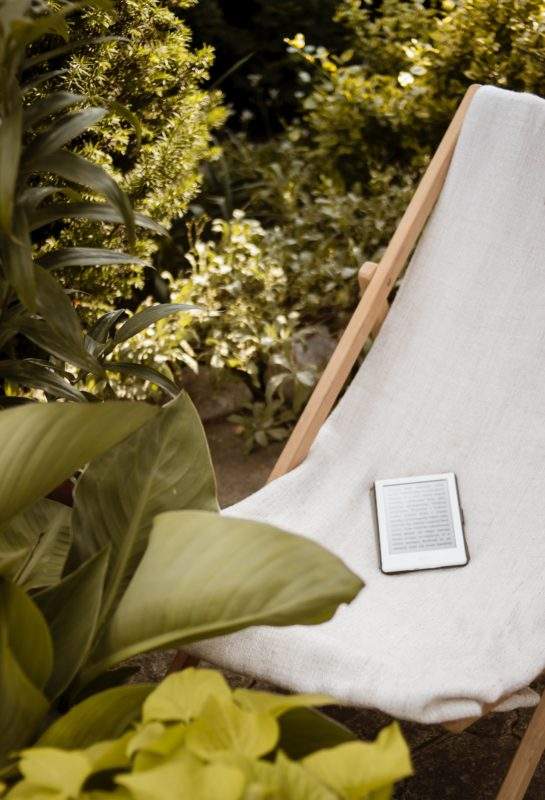 We are sensing a desire by many, including parents who are worried about the amount of time their children spend in front of screens, to get back to their roots and spend more time outdoors. People are realising the power that gardens have to help us slow down and reconnect with the processes of nature. We have written a more in depth article on the health and wellbeing benefits of gardens for those that are interested in exploring this further. Gardening could add years to your life!
We are sensing a desire by many, including parents who are worried about the amount of time their children spend in front of screens, to get back to their roots and spend more time outdoors. People are realising the power that gardens have to help us slow down and reconnect with the processes of nature. We have written a more in depth article on the health and wellbeing benefits of gardens for those that are interested in exploring this further. Gardening could add years to your life!
We are focussing even more attention on designing gardens that can be enjoyed all year round to encourage people outside more often. One trend we have seen is the interest in garden rooms, offices and summer houses. People, who often have busy working lives, are interested in creating areas of their garden which they feel are a secluded oasis. This may incorporate garden rooms as gymns or yoga studios – such as this garden we designed in London.
Another reason that a garden needs to look good all year round is that many houses are now incorporating large bifold glass doors, creating a strong connection between the interior of their home and the garden. This can be enhanced through choice of paving materials as well as other elements within the garden design.
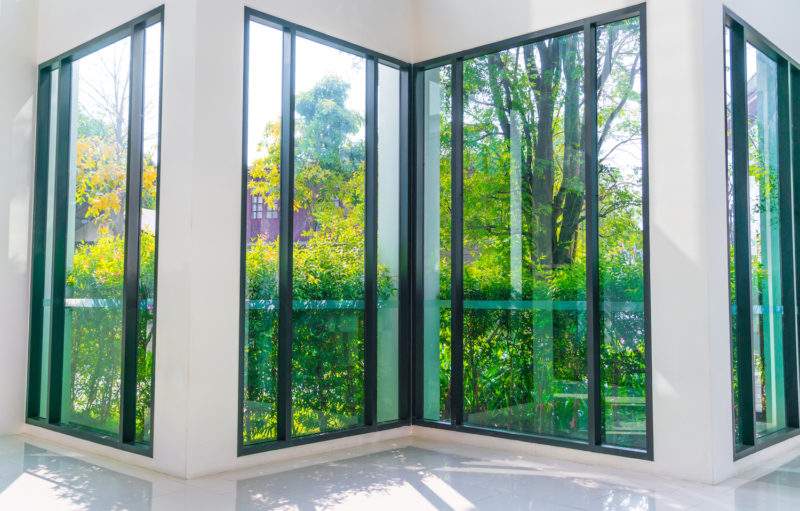
4 – Low maintenance
We are often asked to create a garden that does not demand a huge amount of maintenance. This can be achieved with both the planting and hard landscaping. Planting schemes are frequently using simpler planting palettes that are more straightforward to maintain and often bring a greater cohesiveness to the garden design.
An innovation we have recently incorporated into some of our larger gardens is the idea of a ‘rose meadow’. This incorporates a mixture of perennial flowers, ornamental grasses and roses that are planted in the style of a meadow. All plants, including the roses, are cut to a few inches above ground level in the spring. After summer flowering the meadow is left until the following spring.
In terms of hard landscaping maintenance can be reduced significantly by using many of materials that have entered the market over the last few years. Porcelain continues its rise in popularity – largely because its colour does not fade, it is very hard wearing and requires little or no maintenance. Composite decking can be used in place of the more traditional wood and has many of the same benefits as porcelain. The range and quality of composite decking is increasing all the time and the market is becoming more competitive.
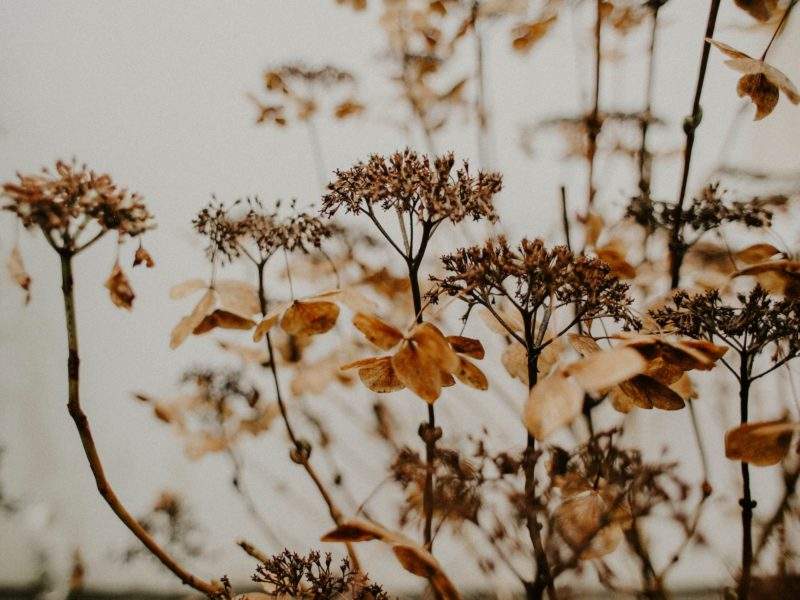
5 – Fruit and vegetables
With an increased awareness both of the health benefits of fruit and vegetables as well as environmental benefits of sourcing produce locally, more people are asking if they can have an area of their garden devoted to growing some fruit and veg. Whilst this is unlikely to reduce their reliance on shop bought produce to a massive extent, many people are simply enjoying the process of growing something that they can eat themselves.
We see two opportunities; the first is to grow varieties that are rarely found in supermarkets. The second is the trend towards edible plants that also have ornamental value (eg chillies) – the ‘Looks good, tastes good’ movement. Fruit and vegetables don’t have to be grown separately in a veg plot but can be interspersed with purely ornamental planting for a more interesting layered effect and designed as a Potager garden.
What we are often asked to do is include a space for growing herbs, which can be used for cooking, but also can look good and provide wonderful scents as they are picked or simply brushed past if planted next to the edge of a path. Herbs can of course have medicinal as well as culinary uses.

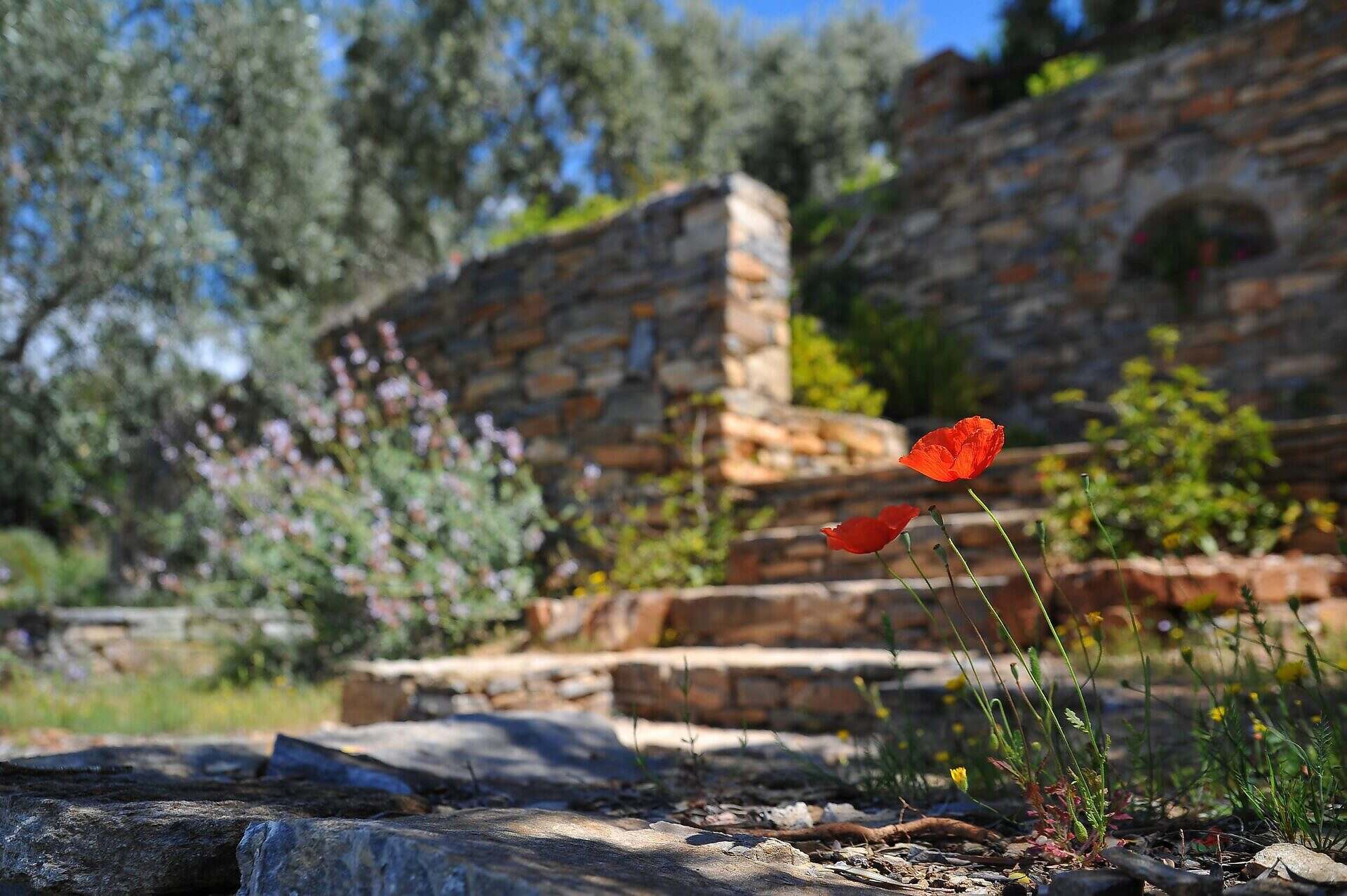
These notes sum up the best of the upcoming trends. It’s looking like overall, gardens giving humans a deeper connection to ourselves and a light touch on the earth.
Richard this was a fantastic and very insightful blog. If you publish more I would love to read them if you could let me know. You covered all aspects of what a garden could be for different people. Is designing a garden all about the design or the amount you have to spend on it. I’m guessing designing the garden to a very good level depends on the budget. Would you have tips on cutting the spend without compromising a design. Thanks in advance for your reply.
Regards
Chris
Thanks for your kind comments Chris. If you sign up for my Newsletter you will be alerted to new blog posts. I plan to write one soon on the costs of creating a new garden. It is possible to spend big budgets on a garden and it still not be a very good design. Good design can make creative use of smaller budgets